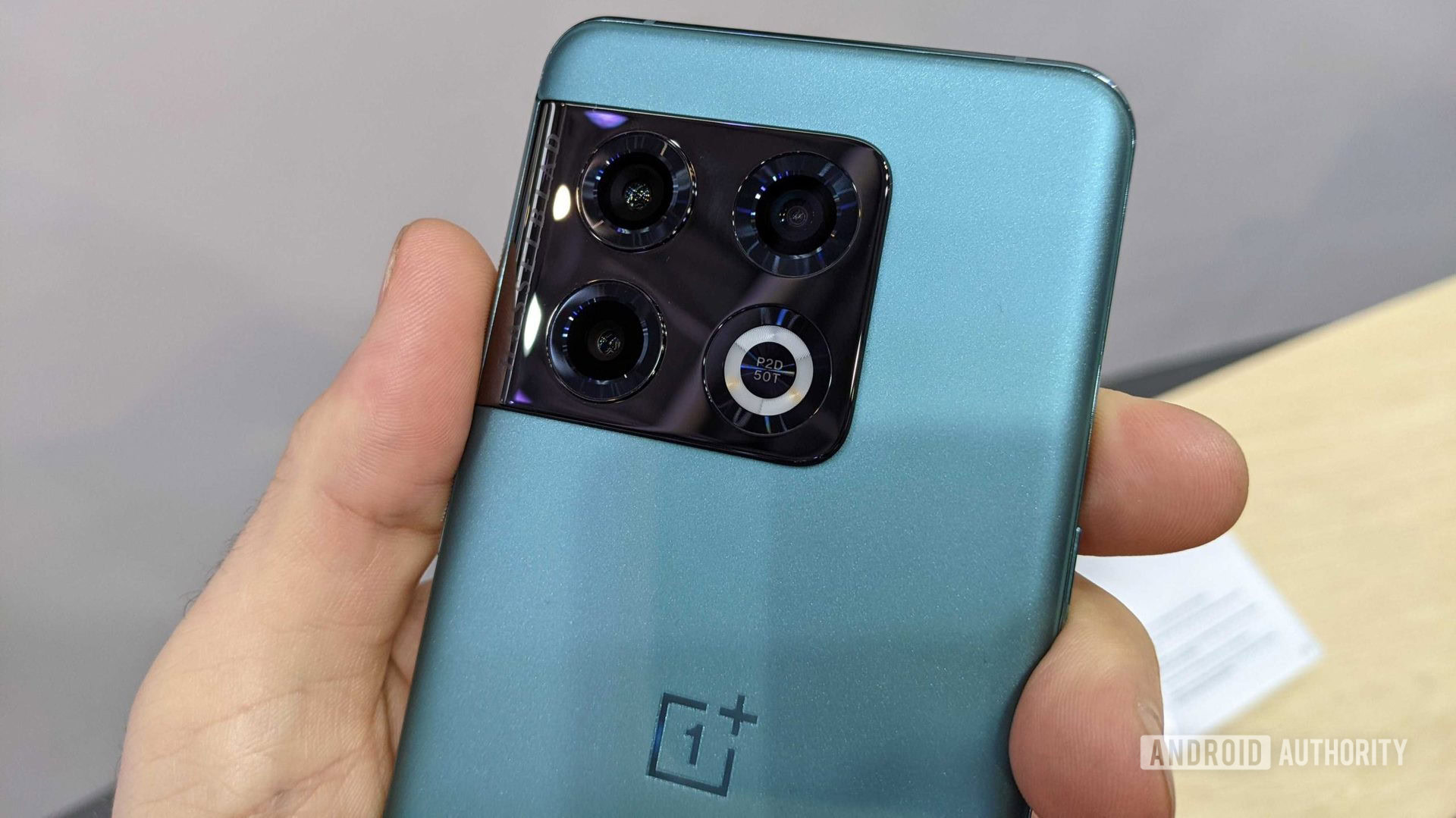Affiliate links on Android Authority may earn us a commission. Learn more.
OnePlus' mobile strategy is going from bad to worse

This week’s teasers and rumors about the upcoming OnePlus launch cycle are setting 2022 up to be a particularly rough year for the once plucky smartphone brand. The company’s official announcement today even lacked any mention of arguably the tastiest morsel — a regular OnePlus 10. So it’s become abundantly clear that OnePlus is relying entirely on the 10 Pro to steer its flagship range this year. However, affordable flagships rather than super-premium products are supposed to be the bread and butter of OnePlus’ strategy. In that regard, the upcoming 10 Pro global launch is clearly missing the mark.
This wouldn’t be the first time OnePlus struggled to deliver on its traditional “flagship killer” business model. It took an age for the more affordable 8GB/128GB variant of 2021’s OnePlus 9 Pro to hit the markets, leading some to speculate if the variant existed in name only so that OnePlus could advertise a lower price than consumers could actually pay. Combined with increasing prices in recent years, it’s never been harder to actually buy an affordable flagship from OnePlus.
It's never been more difficult to get your hands on an affordable flagship from OnePlus
Compounding the problem of a lackluster and overdue global launch is the fact that we haven’t been particularly impressed with the OnePlus 10 Pro’s gimmicks during our limited time with the device. We’ll reserve judgment until our full review, but the phone isn’t looking like a good value-for-money buy in the current market.
Read more: Hands-on with the OnePlus 10 Pro
Unfortunately, OnePlus has also been unsettlingly quiet about a more affordable OnePlus 10. Instead, rumors point to the launch of a OnePlus 10R model in the coming months, followed by an undoubtedly even more expensive OnePlus 10 Ultra towards the end of the year. Neither of these would fill the gap of a regular OnePlus 10, as 2021 taught us. See, last year’s OnePlus 9R was a decent buy, but it was an India- and China-exclusive that made several further compromises to push the price down. And even though it was followed up with the more powerful OnePlus 9RT, that phone had a gimmicky camera and no wireless charging. Hardly a flagship killer.
Whether there’s an audience for an Ultra model remains to be seen, but it’s surely not playing to OnePlus’ affordable flagship base. Between this and the delayed global launch of the 10 Pro, the brand appears more interested in chasing the Chinese high-end market than a Western one this year, so who knows if or when the Ultra version would be available to global consumers.

This leads us to an equally worrying problem with OnePlus’s current strategy — the sheer number of phones it’s releasing.
If you thought last year’s roadmap was a confusing mess, 2022’s lineup appears to be even worse. Multiple and increasingly erratic flagship tier launches are a stark contrast to Apple and Samsung. The latter of which has consolidated its two flagship ranges into one this year, in a clear sign that market maturity means there’s no longer room to sustain more than a single yearly release cycle.
Related: On its road to success, BBK is leaving OnePlus behind
OnePlus’ upcoming mid-range strategy appears even more convoluted. Rumors point to a Nord CE 2 Lite, followed up by a Nord 2T a month later. Those two models will then apparently quickly be cannibalized by the OnePlus Nord CE 3 in the middle of the year. I already can’t tell you the differences between the existing Nord 2, CE 2, N110, and others off the top of the head. How OnePlus expects consumers to pick out their ideal product from this increasingly indecipherable Nord line-up is anyone’s guess.
Distinct brand identity is the only way to survive in today's cutthroat industry. What does OnePlus stand for these days?
This launch-and-pray strategy is a worrying sign for OnePlus. It’s reminiscent of the final days of HTC, with half-hearted flagships and confusing launches in a vain hope to land something that would keep the brand afloat. We all remember how well that went, but I’m not suggesting OnePlus is in such dire straits. At least not yet. However, OnePlus forged its brand on a clear identity that combined cutting-edge performance with value for money and a sense of exclusivity. A clearly defined launch cycle and portfolio are essential for getting a message like this across. But with an increasingly muddled line-up that lacks regional focus and is missing key products, it’s very hard to know what, if anything, the OnePlus brand stands for these days.
A lot has already been said about the OnePlus and OPPO team mergers and subsequent backtracking on their unified approach to software. This was our first sign of lack of direction and identity at the company. OnePlus’ traditional enthusiast base is eying the company with increased skepticism, and a failure to deliver the phones consumers actually want may be the final nail in the coffin.
Continued reading: A history of every OnePlus phone so far